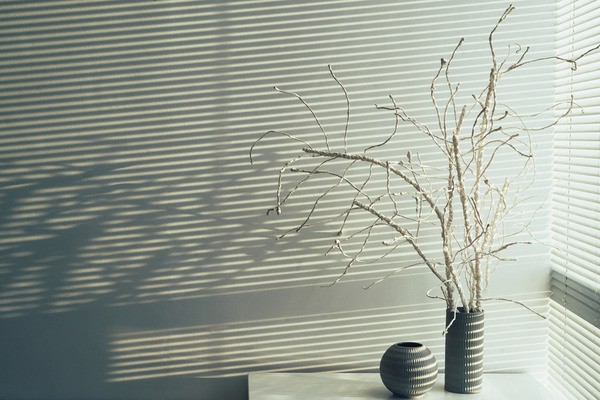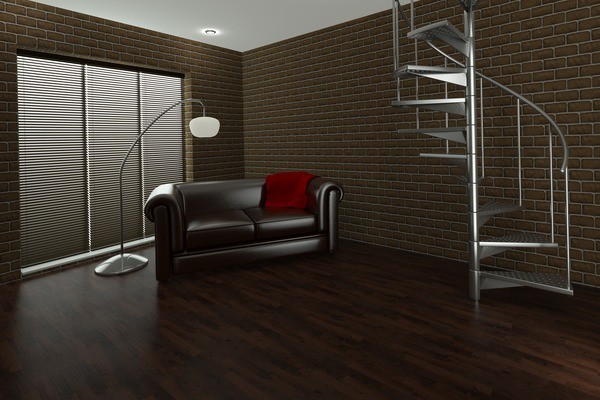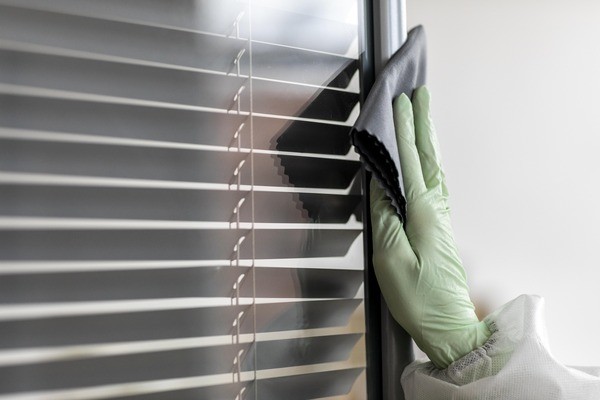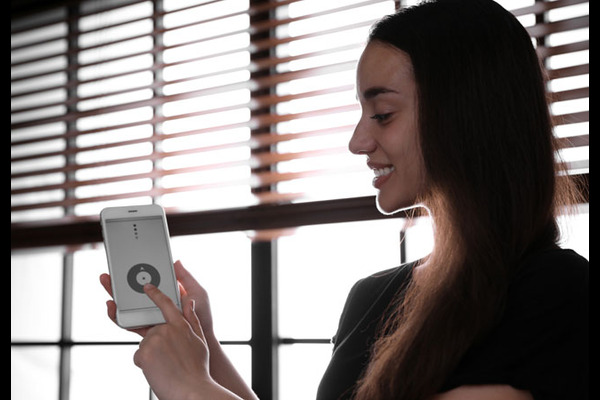
Truth About Window Shutters
A window shutter is an actually solid, hardy and stable window covering which generally consists of a frame of vertical stiles and horizontal rails. It is set within this frame which can be operable or fixed, horizontal or vertical, solid panels, fabric, glass and almost any other item that can be mounted within a frame. The window shutters may be employed for different types or a variety of reasons which primarily includes controlling the amount of sunlight that enters a room, to provide privacy.
Totally depending on the applications, and the construction of the window frame, shutters can be mounted to fit within the opening or to overlap the opening. The word actually includes both interior shutters, used on the inside of a house or building, and exterior shutters, used on the outside of a structure.
Types of Shutters
Interior Shutters
Interior shutters are actually divided into narrow units which are then hinged so that two or more units cover each side of a window opening when closed. The operable louvered shutters primarily have louvers, or slats, which are controlled by a tilt bar or rod to adjust the louver position and keep them in a uniform position, to control light, visibility and airflow.
The shutters with operable louvers are generally described variously as traditional shutters, California shutters, or plantation shutters. The other variety that is actually so called as the plantation shutters, typical of warmer climates like Florida, South Africa, the Mediterranean or Australia, typically have only two shutters per window and wide louver blades.
Exterior Shutters
These exterior shutters were actually originally constructed for light control, privacy, security, and protection from the elements. The so-called functional shutters hinge on each side of a window or at the top and swing closed when necessary and can also be mounted on tracks applied to the face of the building.
Fixed and operable louvers shed rain, allow air transfer, filter direct sunlight, protect from small flying debris, and provide privacy. The operable louvered shutters allow for greater control of light and ventilation. Solid panels and board-and-batten shutters are generally used for security or protection during severe weather.
The so-called non-functional shutters are merely used to enhance the appearance of a building. Functional shutters have traditionally been constructed from solid woods that have proven to endure outside elements but have also been mass-produced in woods less suitable to the outdoors like pine. Finishing wood shutters is recommended for extended life. The composite shutters actually offer advantages over wood shutters such as resistance to twisting, splitting, and rotting.
However, PVC shutters are often hinged with three or more hinges and painted with vinyl-safe paint to keep from bowing in the sun and can require additional hardware. Fibreglass shutters are more dimensionally stable than PVC.
Because of the tannin in these woods they are also not prone to problems from insects. The so-called pressure treatment with wood preservative makes pine, cedar and other types of wood suitable for exterior shutters. The non-functional exterior shutters can be constructed from wood, vinyl, fibreglass or other synthetic materials.




